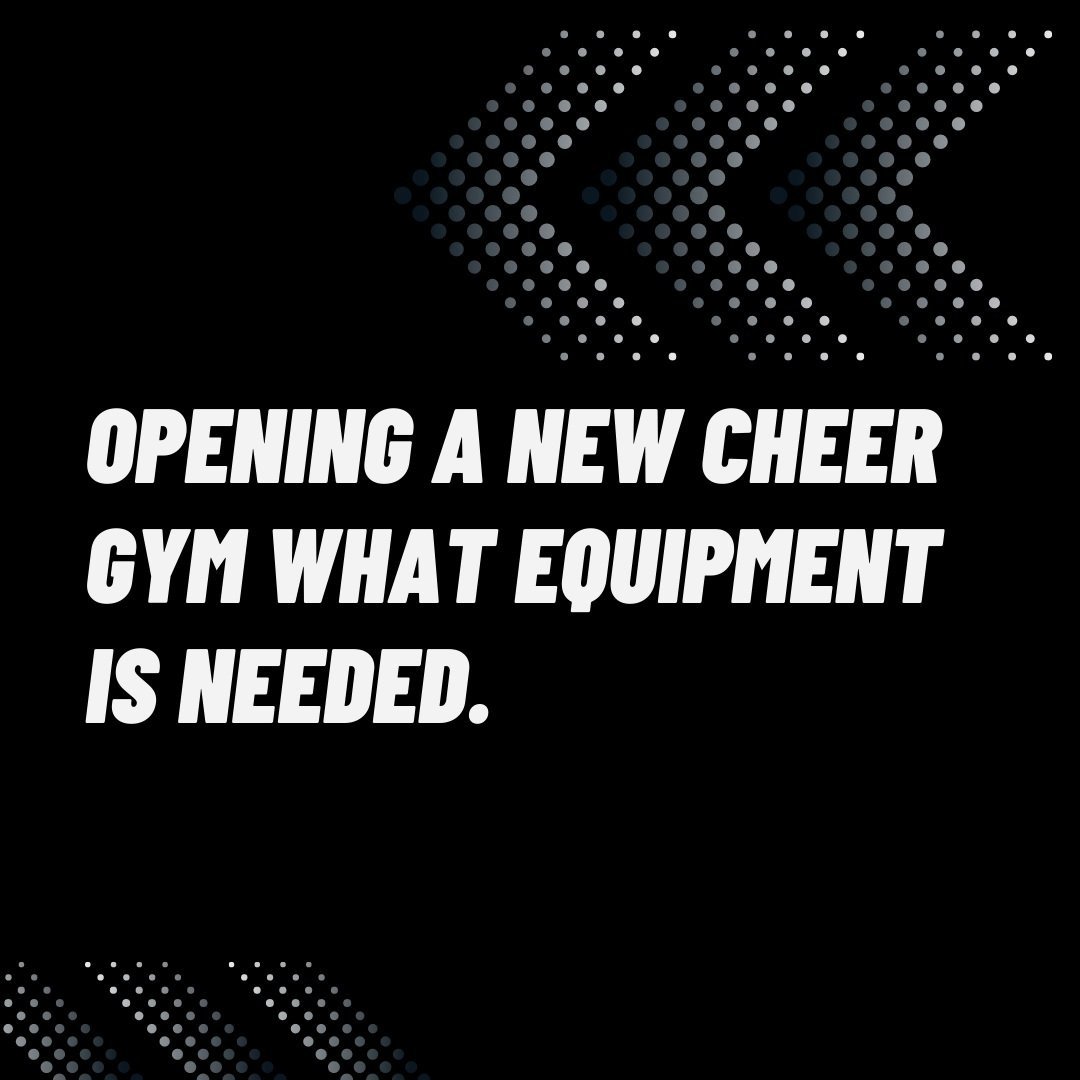Opening a new gym, or gym related business, is an exciting opportunity for the you and your community. When you are considering this adventure brainstorm what your ultimate dream gym should be. Develop a written plan that considers every aspect of your future business. Write out the small incremental steps needed for an grand opening, and then project growth for future years. In the written plans, include each desired program that you intend to have. For example: gymnastics (girls and/or boys), tumbling, all-star cheer teams, dance teams, recreational program etc. Focus on creating a standard of excellence, or mission statement for your business along with a color scheme and gym logo. Parents love safe, positive places for their children to have fun, exercise, learn new skills, make friends, and become part of a community family of success.
Building and maintaining a positive culture is an important part of a business. Inform and train the teaching/coaching staff of your culture and ensure that they agree to adhere to those vlaues and beliefs. The business will grow when parents see the positive traits used to train and coach their child(ren). Gyms can be big, or small but what really sets them apart is the positive culture and community family.
Facility location is one key to being successful. The location should be visible to families who may be driving by the area, and should be listed on Google and iPhone maps. Follow the link to determine how to list your location on iPhone maps. Find out more here for Google and here for iPhone.
Things to take into consideration when choosing a location for a gym:
Does the facility/warehouse have enough parking?
Does the building have a lobby area?
Are there adequate bathrooms?
Is there room for future growth?
Once you find an affordable location with adequate space, make a list of equipment needed to open the first day, as well as a list of equipment you need and/or want for future growth..
Suggested items for your need list:
A safe tumbling surface, such as a spring floor tumbling strip or a full competition floor.
If a Double Layer Birch spring floor is out of your price range at the beginning, start with a few rolls of carpet bonded foam.
If you have ample space and budget, consider adding a Tumble Trak and Dismount landing mat to the equipment need list. The tumble track is a great piece of equipment that can be utilized for tremendous progression of tumbling skills allowing more repetition and less physical stress. Tumble Traks come with 3 different bed options: Original, Transition , and Extreme. The Original Tumble Trak is a normal black trampoline bed. The Transition bed has a carpet texture that is useful when attaching fundamental Fun Sticks and other spacing and training items while working on progression of skills. The Extreme bed is a vinyl covered bed that gives the athlete the pop needed to add height and strength.
Skills shapes that are needed in a beginning gym are various sizes Inclines. Differing sizes have been developed for differing age group and sizes of athletes. Inclines range in size from 2ft x 4ft (preschoolers), then 5ft x 12ft Jumbo Incline for the older athletes. Additionally, a mat to needed to add to a beginning gym would be various panel mats. Panel mats are great for drill practices and skill progression. A very useful tool for teaching an athlete to perform a handspring is a Back handspring machine. The back handspring machine encourages safe, proper techniques for a successful back handspring which then builds athlete tumbling confidence. Handspring Trainers come in 3 different varieties the Octagon, the Pac-Man and the patented Boulder handspring trainer. All 3 are available in different sizes to use for different size athletes.
Once the gym is open and students are enrolling, begin the want list. At the top of the want list is preschool equipment. Preschool growth is the key to a thriving Gymnastics, Tumbling, Cheer Gym, and/or Dance Studio.
Additional ideas for tumbling surfaces that are useful for athlete progression are a rod floor, or an air floor. Athletes will successfully use the Air floor pro to safely and confidently move newly learned skills from the tumble trak to the spring floor.




